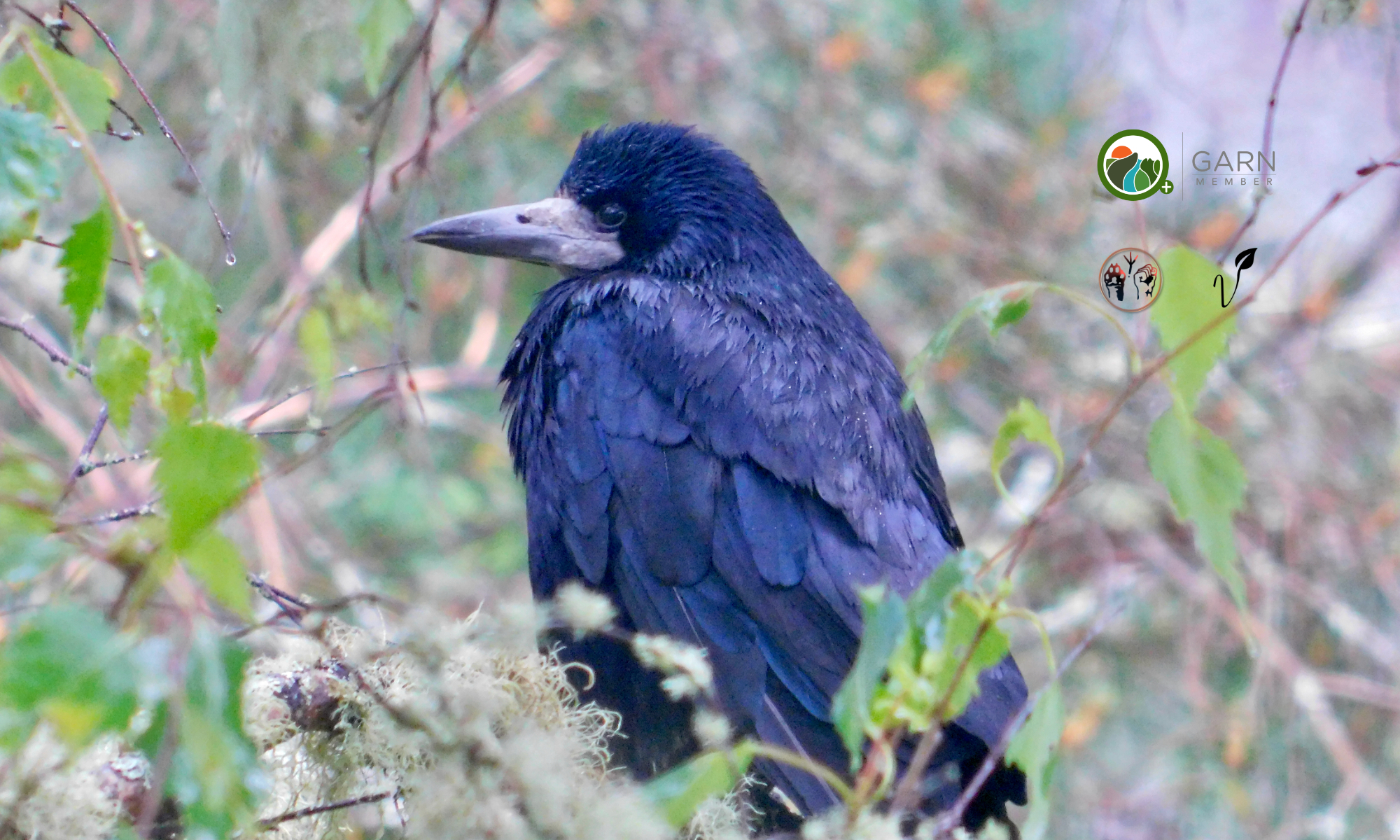Jack is a two year old imprinted jackdaw, who came to us in March 2017, having shown deficiency signs at the time of admission caused by an insufficient diet. Jack has been raised by his own and kept in a cage with occasional indoor free flight after being found as an orphan. It was only last year, when he has been joined by a fledgling carrion crow. Jack has also suffered of a condition called cross, crooked or scissor beak, in which the top and bottom beaks do not align properly. This can be caused by genetics, an injury or the inability to maintain the beak’s length and shape by normal honing on rocks or other hard surfaces. It is also thought that an improper hand feeding technique and an unbalanced diet play a role in the development of this beak deformity.

A scissor beak needs frequent trimming, which has been done in Jack’s case carefully and gradually in several short sessions to allow the beak to regrow and reshape into a ‘normal beak’. However, this is not always possible and the success as well as relapse rate depends on many factors. In Jack’s case this has been achieved and the beak is now ‘maintenance free’ for more than three months. Apart from a balanced diet, it is also important to provide any bird with the means to ‘use’ the beak sufficiently, to enable the bird to strengthen the facial muscles and to allow natural wear and tear. Rotten tree stems, pebbles, bricks, rocks, shells, wooden toys, cuttle fish bone and marrow bone dog biscuits are only a few of suitable toys and tools, which help to keep a beak in a good shape and a jackdaw well entertained. Achieving the ‘perfect’ shape of the beak through trimming is obviously important and the prerequisite to solve the scissor beak problem. However, if a scissor beak persist for long, muscles will get atrophic, meaning they become shorter than normal, which can pull even a well shaped beak out of alignment resulting in the beak to continue to grow in an asymmetric fashion. This is why all beak trimming sessions do also involve some degree of physiotherapy to counteract problems caused by muscle atrophy.



